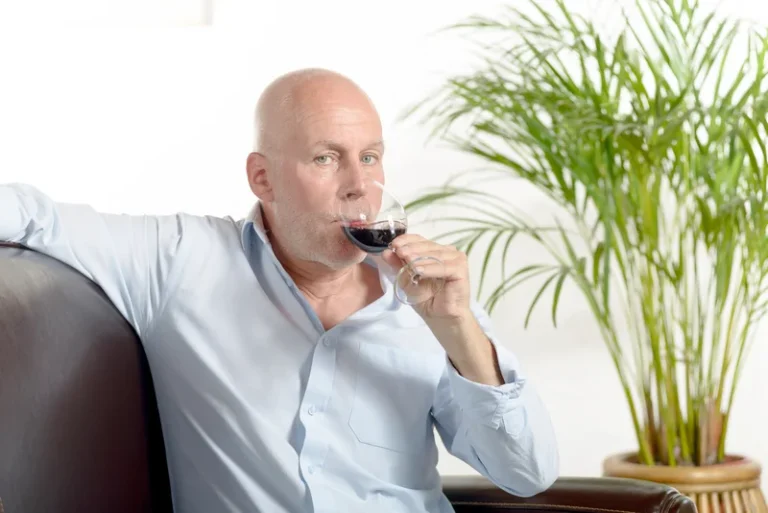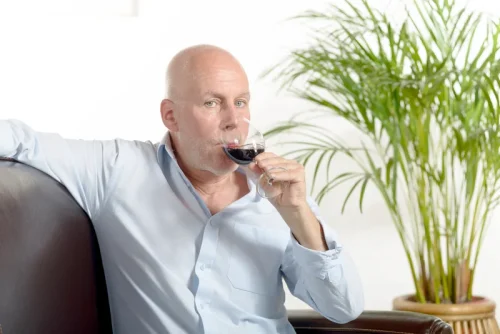
Among the psychosocial interventions, the Relapse Prevention (RP), cognitive-behavioural approach, is a strategy for reducing the likelihood and severity of relapse following the cessation or reduction of problematic behaviours. Here the assessment and management of both the intrapersonal and interpersonal determinants of relapse are undertaken. This article discusses the concepts of relapse prevention, relapse determinants and the specific interventional strategies. In sum, research suggests that achieving and sustaining moderate substance use after treatment is feasible for between one-quarter to one-half of individuals with AUD when defining moderation as nonhazardous drinking. While there is evidence that a subset of individuals who use drugs engage in low-frequency, non-dependent drug use, there is insufficient research on this population to determine the proportion for whom moderation is a feasible treatment goal. However, among individuals with severe SUD and high-risk drug or alcohol use, the urgency of reducing substance-related harms presents a compelling argument for engaging these individuals in harm reduction-oriented treatment and interventions.

How The Abstinence Violation Effect Impacts Long-Term Recovery
This is an open-access report distributed under the terms of the Creative Commons Public Domain License. You can copy, modify, distribute and perform the work, even for commercial purposes, all without asking permission. Alan Marlatt is a professor of Psychology and Director of the Addictive Behaviors Research Center at the University of Washington. He has received continuous funding for his research from a variety of agencies including the National Institute on Alcohol Abuse and Alcoholism, the National Institute on Drug Abuse, the Alcoholic Beverage Medical Research Foundation, and the Robert Wood Johnson Foundation. For example, I am a failure (labeling) and will never be successful with abstaining from drinking, eating healthier, or exercising (jumping to conclusions). This is an open access article distributed under the terms of the Creative Commons Attribution-NonCommercial-ShareAlike 3.0 License, which allows others to remix, tweak, and build upon the work non-commercially, as long as the author is credited and the new creations are licensed under the identical terms.
Theoretical and Practical Support for the RP Model
Such positive outcome expectancies may become particularly salient in high-risk situations, when the person expects alcohol use to help him or her cope with negative emotions or conflict (i.e., when drinking serves as “self-medication”). abstinence violation effect In these situations, the drinker focuses primarily on the anticipation of immediate gratification, such as stress reduction, neglecting possible delayed negative consequences. Two publications, Cognitive Behavioral Coping Skills Training for Alcohol Dependence (Kadden et al., 1994; Monti, Kadden, Rohsenow, Cooney, & Abrams, 2002) and Cognitive Behavioral Therapy for Cocaine Addiction (Carroll, 1998), are based on the RP model and techniques. Although specific CBT interventions may focus more or less on particular techniques or skills, the primary goal of CBT for addictions is to assist clients in mastering skills that will allow them to become and remain abstinent from alcohol and/or drugs (Kadden et al., 1994).
- Fortunately, professional treatment for addiction can improve outcomes for people experiencing the Abstinence Violation Effect.
- In a subsequent meta-analysis by Irwin, twenty-six published and unpublished studies representing a sample of 9,504 participants were included.
- This perspective considers lapses key learning opportunities resulting from an interaction between coping and situational determinants, both of which can be modified in the future.
- Many clients report that activities they once found pleasurable (e.g., hobbies and social interactions with family and friends) have gradually been replaced by drinking as a source of entertainment and gratification.
- Encouragement and understanding from friends, family, or support groups can help individuals overcome the negative emotional aftermath of the AVE.
1. Nonabstinence psychosocial treatment models

Self-efficacy often increases as a result of developing positive addictions, largely caused by the experience of successfully acquiring new skills by performing the activity. In many cases, initial lapses occur in high-risk situations that are completely unexpected and for which the drinker is often unprepared. In relapse “set ups,” however, it may be possible to identify a series of covert decisions or choices, each of them seemingly inconsequential, which in combination set the person up for situations with overwhelmingly high risk. These choices have been termed “apparently irrelevant decisions” (AIDs), because they may not be overtly recognized as related to relapse but nevertheless help move the person closer to the brink of relapse.

Physical Relapse

Miller and Hester reviewed more than 500 alcoholism outcome studies and reported that more than 75% of subjects relapsed within 1 year of treatment1. A study published by Hunt and colleagues demonstrated that nicotine, heroin, and alcohol produced highly similar rates of relapse over a one-year period, in the range of 80-95%2. A significant proportion (40–80%) of patients receiving treatment for alcohol use disorders have at least one drink, a “lapse,” within the first year of after treatment, whereas around 20% of patients return to pre-treatment levels of alcohol use3. Relapse prevention (RP) is a strategy for reducing the likelihood and severity of relapse following the cessation or reduction of problematic behaviours4.
- A number of studies have examined psychosocial risk reduction interventions for individuals with high-risk drug use, especially people who inject drugs.
- A focus on abstinence is pervasive in SUD treatment, defining success in both research and practice, and punitive measures are often imposed on those who do not abstain.
- Classical or Pavlovian conditioning occurs when an originally neutral stimulus (e.g., the sight of a beer bottle) is repeatedly paired with a stimulus (e.g., alcohol consumption) that induces a certain physiological response.
- In many cases, initial lapses occur in high-risk situations that are completely unexpected and for which the drinker is often unprepared.
- A person whose life is full of demands may experience a constant sense of stress, which not only can generate negative emotional states, thereby creating high-risk situations, but also enhances the person’s desire for pleasure and his or her rationalization that indulgence is justified (“I owe myself a drink”).
Cognitive Behavioral Therapy in Cannabis Use Disorder
Multiple versions of harm reduction psychotherapy for alcohol and drug use have been described in detail but not yet studied empirically. Consistent with the philosophy of harm reduction as described by Marlatt et al. (2001), harm reduction psychotherapy is accepting of a wide range of client goals, including risk reduction, moderation, and abstinence (of note, abstinence is conceptualized as consistent with harm reduction when it is a goal chosen by the client). However, to date there have been no published empirical trials testing the effectiveness of the approach. Specific intervention strategies include helping the person identify and cope with high-risk situations, eliminating myths regarding a drug’s effects, managing lapses, and addressing misperceptions about the relapse process.

